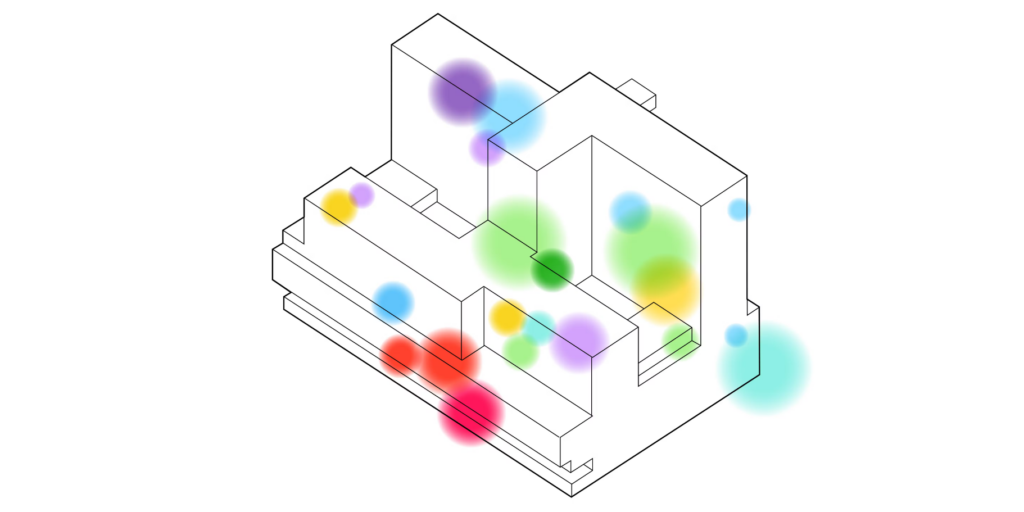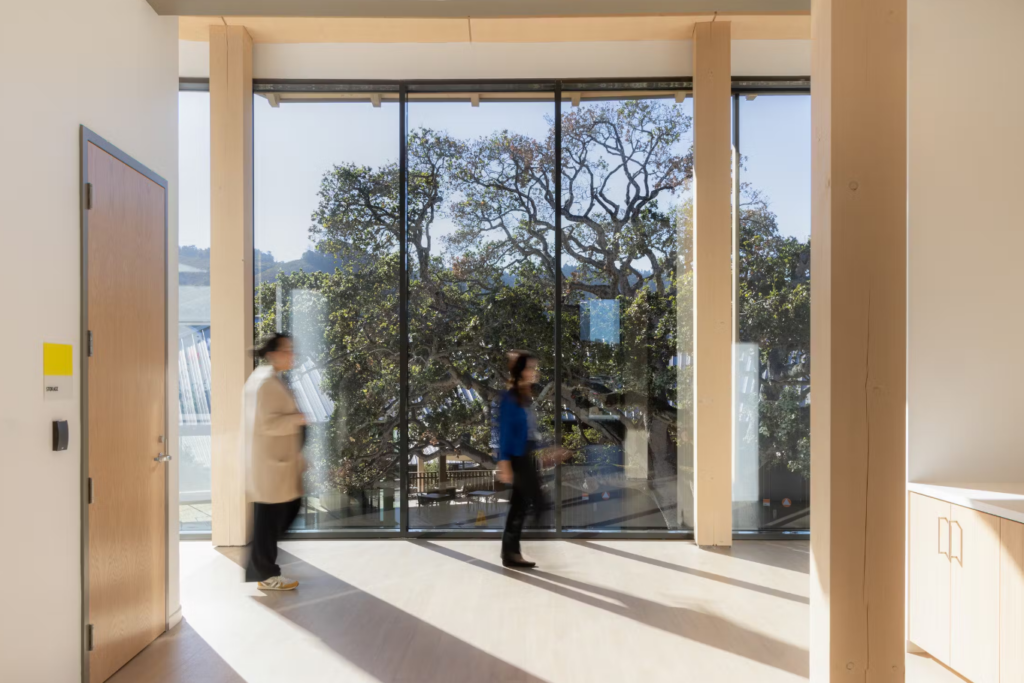Why the Next Frontier of Healthcare Design Innovation is Emotional Mapping
Posted February 21, 2024
Hospital systems find themselves facing more competition than ever, with virtual care, ongoing hiring and retention challenges and competition for funding contributing to a complex healthcare landscape. As healthcare organizations navigate these challenges, the emphasis on human experience becomes an increasingly important design imperative. After all, hospitals are inherently places for people—and deeply emotional places at that. And while they continue to invest in evermore innovative architecture, could they also do more to support the emotional experience within their walls?

Toward a New Model: Experiential Emotional Mapping for Hospitals as a Design Imperative
The most forward-thinking healthcare leaders and experiential designers practicing today understand one fundamental truth—that healthcare spaces are much more nuanced and beautiful than a machine. In fact, they’re human. As a result, these practitioners are marrying deep expertise in the functional aspects of healthcare environments with an equally thoughtful approach to human experience. We call this new human-centric approach emotional mapping.
Emotional mapping means looking at a hospital campus as a holistic environment, considering—and designing for—the full range of human emotions people experience as they move through that landscape, from anxiety and despair to relief and connection. And, for each of those areas, developing bespoke experiential solutions that live between the analog and the digital. While this approach is often applied to other sectors like museums, commercial, corporate and retail, it’s been largely overlooked in healthcare—until now.
Emotional Mapping for Better Patient Experience
Emotional mapping can give way to totally unexpected new solutions to address patient anxiety and discomfort. In our work with NBBJ Fellow Dr. John Medina, we explore the concept of “the embodied self”—the idea that the more someone feels like aspects of their personality are reflected in their environment, the more relaxed and safe they feel. By incorporating elements of the embodied self into the healthcare environment through experiential design, we can reduce anxiety and give patients and their families a better sense of agency and control, helping alleviate the tension of receiving care in an unfamiliar place.
At the newly completed Loma Land at Loma Linda University Children’s Hospital in California, we drew on these ideas to create a large-scale avatar-based interactive experience for children. Upon arrival at the hospital, touchscreens invite kids to pick their own customizable woodland creature that follows them throughout their journey via a digital forest, giving them a comforting distraction in what could otherwise be a strange and stressful medical journey.
In another experience we’re developing for a major medical campus, experiences evolve based on levels of human activity and seasonal themes to create stunning representations of the ethos of various locations. We’re also piloting new experiential concepts for patients and staff by creating opportunities to personalize their space through immersive experiences—for example, a digital paintbrush that allows them to paint a real hallway with growing landscapes, or collaborate with others on a generative symphony. Or, coming back to the idea of the embodied self, by developing apps that create a personalized wayfinding system that can start a patient’s entire emotional experience before they even leave home, creating a relaxing and more personal space once they arrive.

The Next Frontier of Emotional Mapping
In addition to creating more positive experiences for patients, emotional mapping offers tremendous potential to address the multitude of stressors impacting hospital staff.
By drawing on the psychology of color—specifically, which hues elicit different emotional responses—we can create spaces that are more deliberately restorative, whether through transition moments or dedicated break rooms. For example, a transitional space such as a hallway in a healthcare center could be outfitted with digital gradients of green and blue that flow with you as you walk, relaxing you in transit. Or, specialized modular respite spaces designed to promote solitary reflection, that can positively affect mental health through a personalized multisensory experience.

Because the mind and body are inextricably linked, considering a patient’s, staff’s, or visitor’s emotional state in a healthcare setting can profoundly impact healing and mental health. Emotional mapping is an innovative framework designed to cultivate a sense of well-being for each of these audience groups. By focusing on this, the framework creates a vibrant ecosystem of human-centered experiences that not only acknowledge but also enhance the emotional journey of everyone within the healthcare setting.


Join The Conversation